
Reflecting on the ModulARCH 2015 Conference
On April 23, a conference on modular architecture took place in Brno as part of the ModulARCH festival.
The conference program consisted of three blocks based on the festival's key themes. These include the modular method of construction, as well as the social and societal context and potential uses of this construction system.
In the first block, Rostislav Koryčánek, head of the Methodological Center CENS of the Moravian Gallery in Brno, presented an already realized project using a special type of module developed by KOMA in collaboration with the architectural studio CHYBIK & KRISTOF AA, named the CITY module. He then shared his future visions of using modules for small interventions in public spaces in connection with the Moravian Gallery, such as in the form of a tram stop.
Next, the organizers of cultural events in public spaces took the stage - first Jiří Sulženko, who is behind festivals such as Street For Art, and the currently ongoing project Depo 2015 in Plzeň, where they plan to create a special space using modules for various occasions such as a shared workspace (so-called co-working), training rooms, a lecture hall, a café, and more. This project involves collaboration with Jakub Mareš, the organizer of an event called Containers to the World.
The first block was concluded by Josef Kocourek, who introduced the first year of his project Zlín Design Week. The modules were used as exhibition pavilions for student design products, located right in Zlín's square.
The second block followed, where representatives of KOMA, Martin Hart and Stanislav Martinec, presented the past and present of modular architecture, as well as the history and plans of the company. This optimistic presentation was complemented by architects Ondřej Chybík and Michal Krištof with their presentation, in which they introduced the conference participants to the story of the Czech exhibition pavilion for EXPO 2015 in Milan, from the first sketches and plans to the actual realization. The pavilion is to be ceremoniously opened on May 1, and thanks to the quick modular architecture system, it was built first of all.
The third block of the conference was opened by sociologist Slavomíra Ferenčuhová with her professional reflection on the relationship between modular architecture and the human need for housing. These thoughts were then complemented by Martina Konecká with a report on the situation in humanitarian aid and the use of modular buildings for assistance in crisis areas.
The second half featured additional Czech and global architects who utilized the modular construction system for their projects. These included Czech architects Radko Květ and Radek Sládeček, who, in cooperation with Zdeněk Sendler, recently realized a low-threshold center with a park called Hvězdička in Brno. Other architects were Christian Bois from France and H-Arquitectes from Spain, who demonstrated through their projects how elegant modular architecture can be, and that from an architectural perspective, it is as high-quality as any other method of construction.
The highlight of the conference was the presentation by Chilean architect Sebastián Irarrázaval, who introduced the audience to his working methods and the most interesting realizations he has created during his career. It was clear from his work that although modular architecture has certain limitations, a capable architect can transform these into advantages and create spaces with spirit.
The conference not only fulfilled its goal - to bring one of the hottest trends in architecture closer to the public - but also provided interesting reflections and connections between the construction industry and the world we live in, along with the situations that concern us.
The ModulARCH festival is organized by the civic association ARCH FOR PEOPLE in collaboration with the Vizovice company KOMA MODULAR, which is a leading manufacturer of residential modules in our country.
The conference program consisted of three blocks based on the festival's key themes. These include the modular method of construction, as well as the social and societal context and potential uses of this construction system.
In the first block, Rostislav Koryčánek, head of the Methodological Center CENS of the Moravian Gallery in Brno, presented an already realized project using a special type of module developed by KOMA in collaboration with the architectural studio CHYBIK & KRISTOF AA, named the CITY module. He then shared his future visions of using modules for small interventions in public spaces in connection with the Moravian Gallery, such as in the form of a tram stop.
Next, the organizers of cultural events in public spaces took the stage - first Jiří Sulženko, who is behind festivals such as Street For Art, and the currently ongoing project Depo 2015 in Plzeň, where they plan to create a special space using modules for various occasions such as a shared workspace (so-called co-working), training rooms, a lecture hall, a café, and more. This project involves collaboration with Jakub Mareš, the organizer of an event called Containers to the World.
The first block was concluded by Josef Kocourek, who introduced the first year of his project Zlín Design Week. The modules were used as exhibition pavilions for student design products, located right in Zlín's square.
The second block followed, where representatives of KOMA, Martin Hart and Stanislav Martinec, presented the past and present of modular architecture, as well as the history and plans of the company. This optimistic presentation was complemented by architects Ondřej Chybík and Michal Krištof with their presentation, in which they introduced the conference participants to the story of the Czech exhibition pavilion for EXPO 2015 in Milan, from the first sketches and plans to the actual realization. The pavilion is to be ceremoniously opened on May 1, and thanks to the quick modular architecture system, it was built first of all.
The third block of the conference was opened by sociologist Slavomíra Ferenčuhová with her professional reflection on the relationship between modular architecture and the human need for housing. These thoughts were then complemented by Martina Konecká with a report on the situation in humanitarian aid and the use of modular buildings for assistance in crisis areas.
The second half featured additional Czech and global architects who utilized the modular construction system for their projects. These included Czech architects Radko Květ and Radek Sládeček, who, in cooperation with Zdeněk Sendler, recently realized a low-threshold center with a park called Hvězdička in Brno. Other architects were Christian Bois from France and H-Arquitectes from Spain, who demonstrated through their projects how elegant modular architecture can be, and that from an architectural perspective, it is as high-quality as any other method of construction.
The highlight of the conference was the presentation by Chilean architect Sebastián Irarrázaval, who introduced the audience to his working methods and the most interesting realizations he has created during his career. It was clear from his work that although modular architecture has certain limitations, a capable architect can transform these into advantages and create spaces with spirit.
The conference not only fulfilled its goal - to bring one of the hottest trends in architecture closer to the public - but also provided interesting reflections and connections between the construction industry and the world we live in, along with the situations that concern us.
The ModulARCH festival is organized by the civic association ARCH FOR PEOPLE in collaboration with the Vizovice company KOMA MODULAR, which is a leading manufacturer of residential modules in our country.
The English translation is powered by AI tool. Switch to Czech to view the original text source.
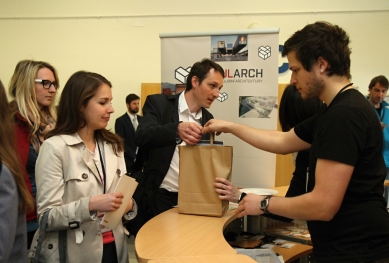
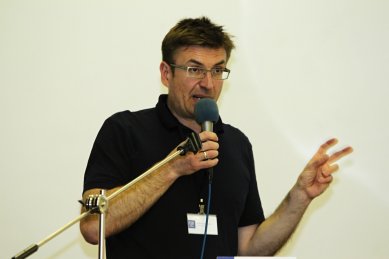
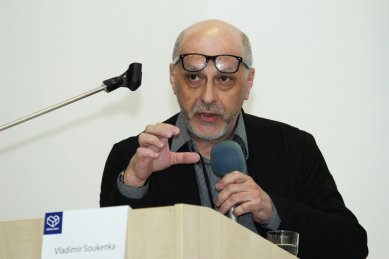

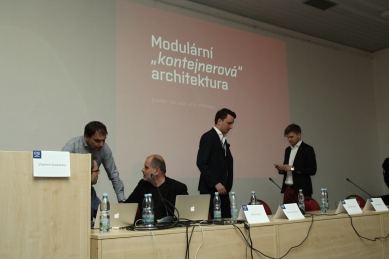
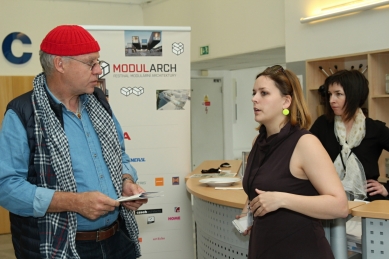

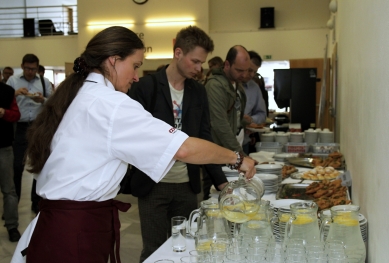
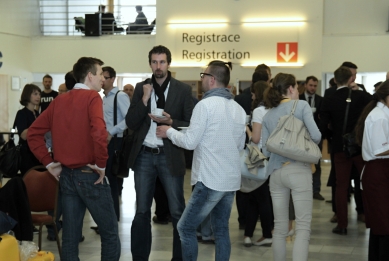

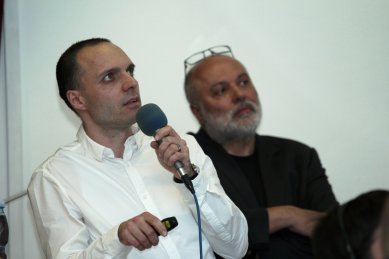
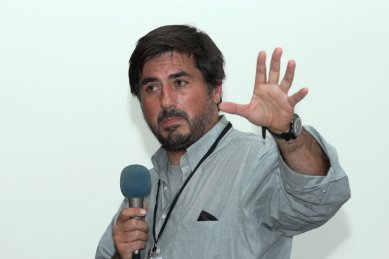

0 comments
add comment













